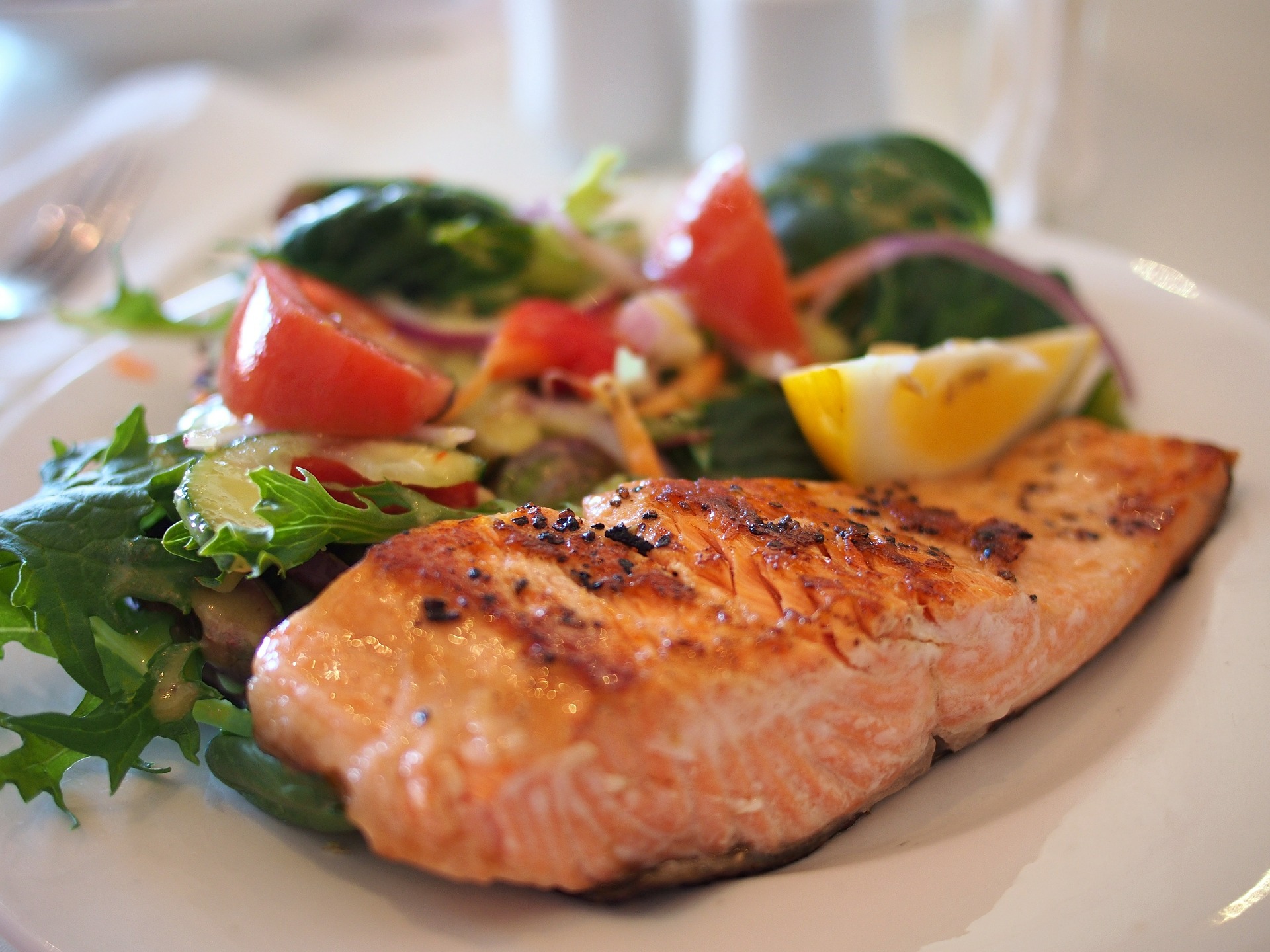As Britain continues to try and lower its carbon footprint, some food and drink manufacturers in the UK are now providing carbon labels on their packaging to specify the CO2e of each product. But how environmentally friendly are some of Britain’s favourite dishes?
Viessmann’s latest campaign calculates the carbon emissions that each of these favorite British meals produce, and how these numbers can be reduced with the help of creating carbon labels.
Fish and chips
Fish and chips is a traditional dish and the UK’s most well-known food. However, more people are beginning to create homemade variations of this seaside classic. To calculate the CO2e produced from making this delicious meal, Viesmann took a standard recipe of potatoes, wheat flour, eggs, peas, cod, olive oils, and some lemons. The CO2e produced from cooking this meal was 3,615.07g, which was the lowest out of all the meals.
CO2e:
Ingredients-2,874.64 g.
Cooking-740.4g
Total-3,615.07g
(Equivalent of touring 18km by way of the car)
Roast dinner
For this classic British meal Viesmann went for the combination of a traditional roast beef with Yorkshire pudding served with potatoes, beef, broccoli and carrots. Ingredients also included eggs, wheat flour, and milk for the Yorkshires. This meal produced the highest number of CO2e at a shocking 28,014.28g.
CO2e:
Ingredients-27,483.18 g
Cooking-531.1g
Total-28,014.28g
(Equivalent of touring 140 km by way of the car)
Spaghetti Bolognese
Spaghetti Bolognese is another popular dish in the UK and recreated at home by many people. This recipe includes pasta, red meat mince, cheese, tomato passata, chopped tomatoes, carrots, garlic, celery, onion, and olive oils. But do you know how much the environment is affected by making this famous Italian dish?
CO2e:
Ingredients-15,581.34 g
Cooking-209.3 g
Total-15,790.64g
(Equivalent of touring 79km by using of the car)
Cooked breakfast
A full English breakfast can set you up for the day. Viessmann used a full-spread of fry-up favourites including bacon, pork, mushrooms, tomatoes, eggs, beans, bread and potatoes to create this dish. This dish produced the second lowest numbers of CO2e out of all four recipes at 5,747.43g.
CO2e:
Ingredients-5,538.13 g
Cooking-209.3 g
Total-5,747.43 g
(Equivalent of journeying 29 km by using the car)
All the above dishes in Britain are producing high carbon emission and are greatly affecting the environment. However, there are ways you can help reduce the numbers, by simply switching out some of the ingredients and using low carbon recipes.
Here are some simple tips and tricks that can help you reduce the carbon footprints of your meals:
- Consider substituting your meals for ingredients that produce less CO2e, for example, switching roast beef to roast chicken.
- Reduce the number of dairy products and meat in your daily diet.
- If possible, buy ingredients that are grown locally or in season.
- Plan your meals in advance to minimise the food wastage.

